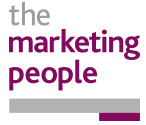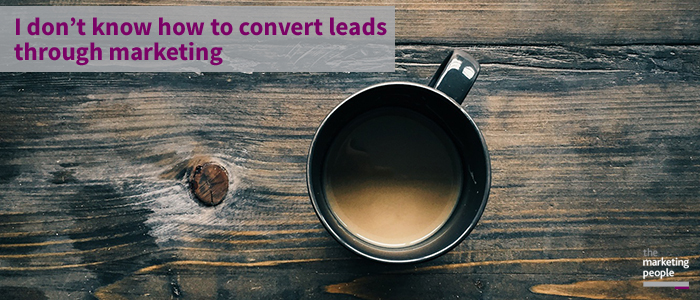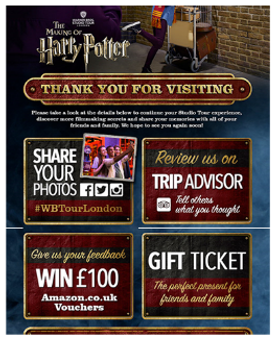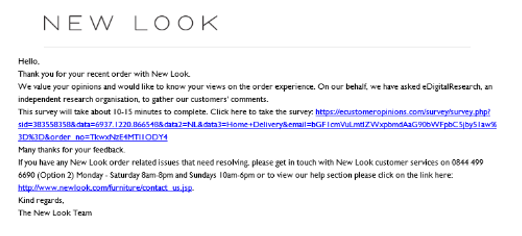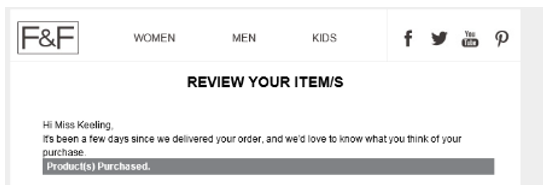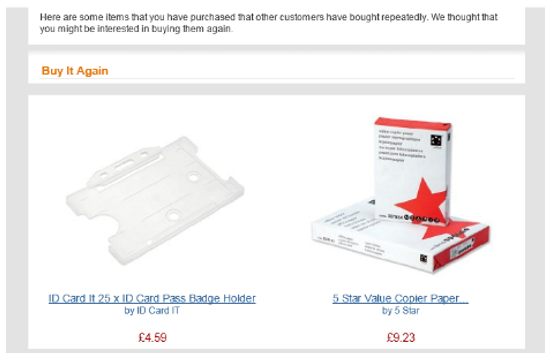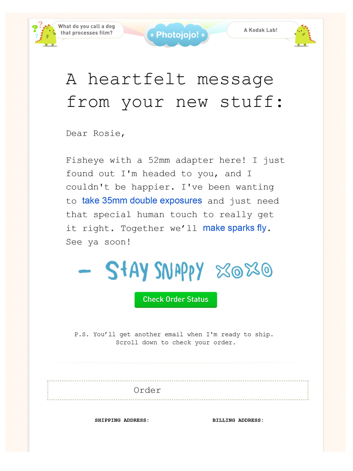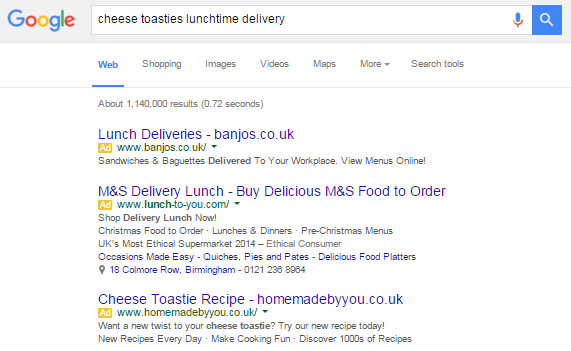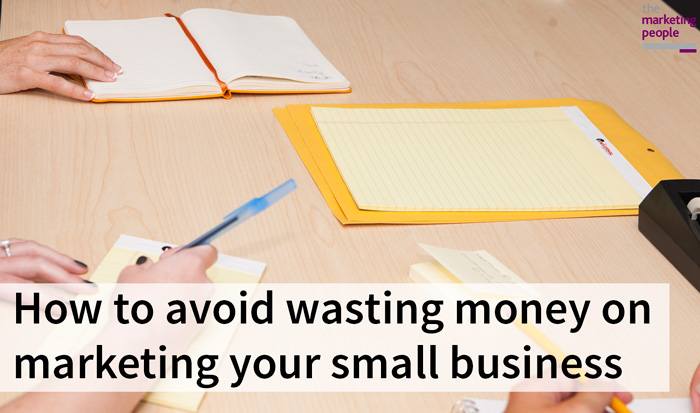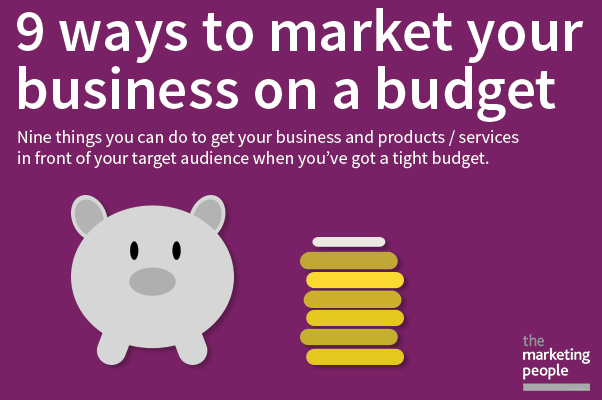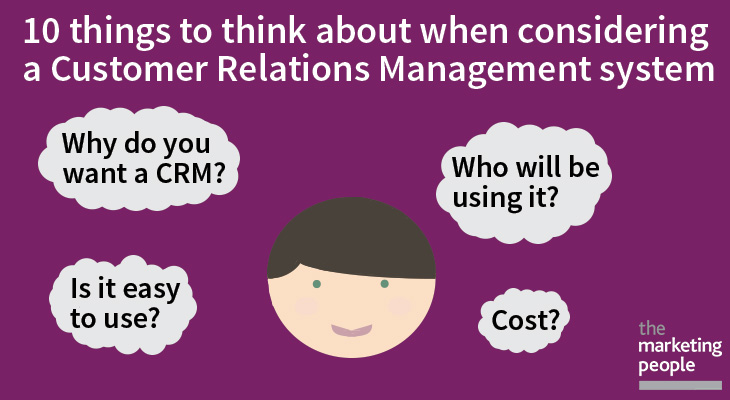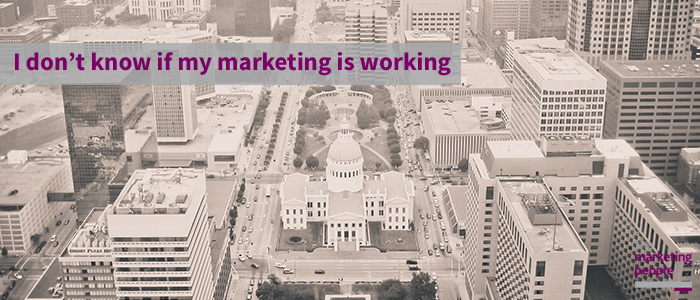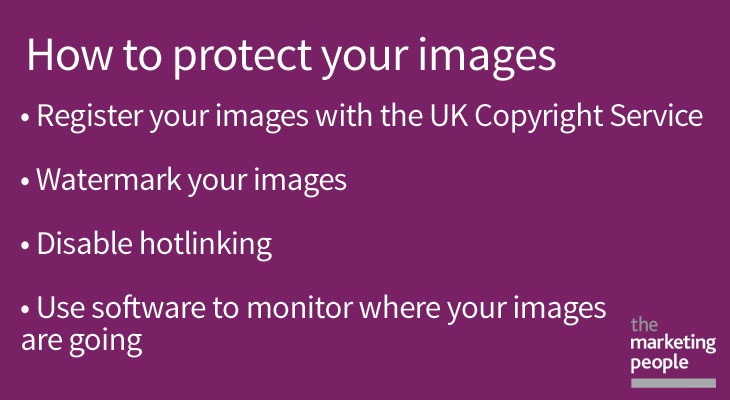

As you will have seen in our last blog, we are looking at print, and more traditional marketing methods this month. Today we’ll be focusing on direct mail campaigns or “snail mail” as it’s sometimes known.
At a time when it is exceptionally easy to click send on an email, a direct mail campaign can seem a huge task to take on, and probably not worth the effort. Put when done properly, this just easy the case.
So why would you send a direct mail campaign? In one of our previous blogs we looked at 4 reasons to send letter campaigns. Which included saying thank you, driving home your pain point, reaching generations who are happy to receive mail, and getting people back to your website.
You could also add to that list that you can reach decision makers who have spam filters built like a prison. You can reach new customers (39% of customers try a business for the first time because of direct mail advertising) and it can be a lot easier to track than you think.
Overall a direct mailing campaign that is supported by your digital efforts on your website, and perhaps an accompanying email campaign can reach those customers you haven’t been able to reach before. But this has to be carefully planned so as to not waste money, lose customers and lose hope in your marketing.
Before Send
Before you lick any stamps or shuffle any prints of letters, you need to organise a number of things. To make sure that when your letter hits the door mat or letter box (or dog’s mouth) it has the best possible chance of being opened, read and taken in.
Objective
Why are you sending this campaign? Nail down your objective, and try and be as specific as possible so you can track your results easier. Perhaps it’s to gain 10 new customers. Perhaps it’s to attract 20% of your lapsed customers back. To sell a certain amount of stock. To make a certain amount of appointments. To get x amount of hits to your website etc. No matter what you are looking to achieve, just make sure you know what the end goal is. This will keep you focused through your copy writing and your tracking.
Mailing list
I cannot stress enough how important your mailing list is. A send to as many people as you possibly can just to get word out is definitely not a path you can take these days. Data needs to be up to date, and segmented where possible. Though you might dig up the last data list you had a few years ago. Take the time to go through this, as data lists deteriorate really quickly. Look at segmenting for age groups, location, customers and non-customers, or even by the services or products you provide. The more precise you are in your segmentation, the more likely you are to have people respond.
Copy and Call To Action
Once you know who you are writing to and what about, you can start to think of copy. And what’s actually going to compel people to carry out the action you hope they will. Copy writing is a hard business, so if you’re not sure your copy will cut it, hire a professional for this bit. A good point to start is to look through your own mail that you have kept, and why. Always keep in mind cliché spam lines and avoid them at all costs. There is a reason emails with lots of exclamation marks, all caps and ridiculous claims are automatically assigned to the spam folder.
People don’t like to be hoodwinked. They like to make an informed decision. So make sure your letter not only states your product or service, but is educational about why that person may need it. And always end with a clear and concise call to action. What do you want people to do when they receive this mail? How easy is it for them to carry out that action? And what will happen when they perform this action.
Example: Use this coupon on your next shop to receive 10% off.
Always remember that the reward must outweigh the action. So presenting a coupon when your shopping to receive a small discount is not much effort. But having to send off a questionnaire, or having to attend the shop at odd times may require a higher discount rate to make it worth the person’s time.
Combining the digital side
As we said, the best marketing plans have a combined approach, using both traditional and digital methods. As if you are sending out mail, it is almost instinct now for people receiving your letter to look you up online. Which is why you need to assess your online presence before you send anything out. Making sure your website is up to date with your services, products and offers. Not to mention any testimonials of your service and related blogs to the mail campaign is a must. To ensure no matter which route the customer takes to converting with you, they have the easiest journey possible.
Tracking Plan
Though you won’t be tracking until after the send, you need to make sure you have some things in place ready. If you have coupons or discounts to be redeemed, do you have the capability on your tills or on your website? Do you have google analytics? Or any form of website tracking on your website or landing page? Do you have a CRM system in place to take note of any call backs or responses? Having these things in place before the send not only guarantees all of the data is captured, it also make analysing all this data a lot easier.
After Send
Keeping on top of tracking
If you have set everything up correctly before the send, it should be a really easy process to track the return of your campaign. To spot any trends, especially online, and be able to make the most of the opportunity you have. Seeing what worked well is great data for the next campaign you run. Even if things don’t go as you planned, you know what to avoid in the future.
Follow ups
If you are intending to have follow up calls, set a time limit. It’s not a huge surprise that the longer you leave a lead, the colder it gets. But leave it too long and it could cause more harm than good. Calling weeks after your letter was sent, when the recipient cannot remember the letter and has no idea who you are, will most likely leave you being listed as a spam number. If you don’t get chance to follow up within your estimated time limit, you may be better remarketing to those individuals, rather than following up with a call.
Hopefully you’re on your way now to creating an effective snail mail campaigns for your business, just remember:
- Know why you are sending a letter
- Send to clean, up to date, data that has been segmented to match your objective
- Avoid cheesy spam like copy
- Have a clear call to action that’s easy to follow through on
- Spend time preparing your online presence
- Set up a tracking plan
- Use that tracking plan
- Follow up in a timely fashion
If you need any help with your direct marketing campaign, we offer consultancy, copywriting, design, print, fulfilment and data tracking in house at our offices in Burntwood, Staffordshire. Call us today on 01543 495752 to see how we may be able to work together. Or you can read more about print marketing in our blogs.
